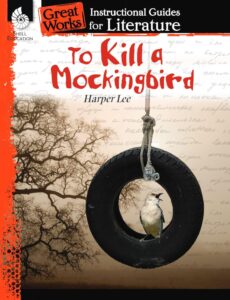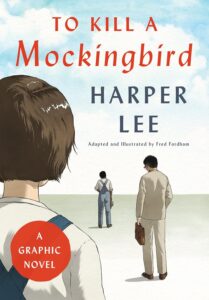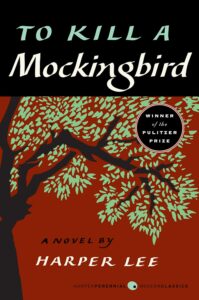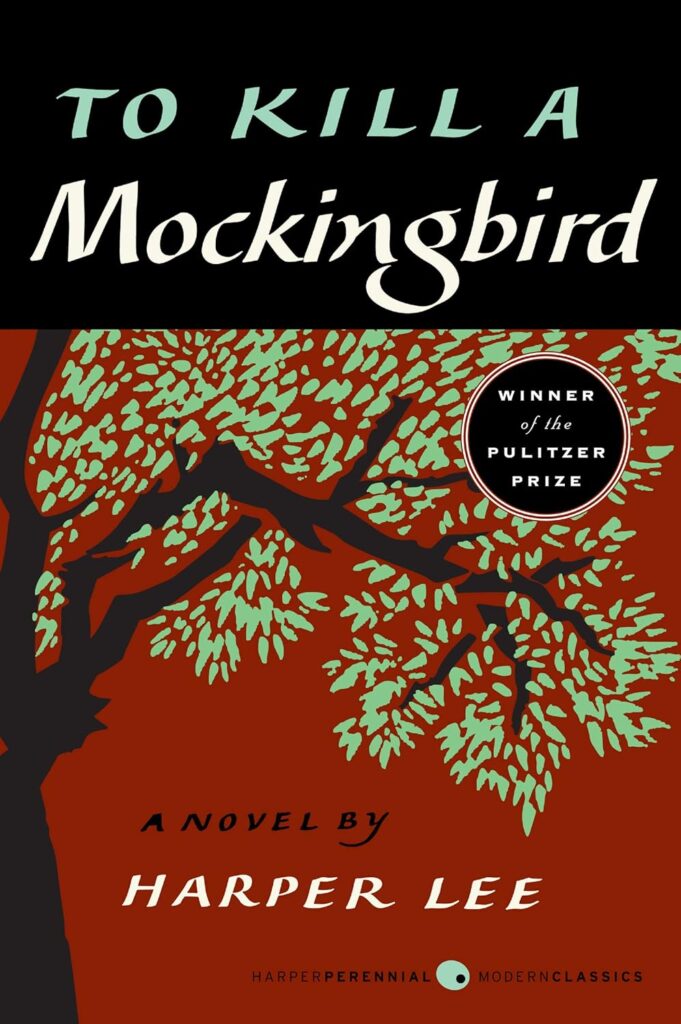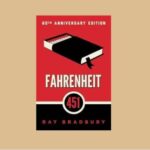To Kill a Mockingbird by Harper Lee is widely regarded as one of the most important novels in American literature, yet it has also faced repeated challenges and bans since its publication in 1960. Set in the Deep South during the 1930s, the novel deals with profound themes such as racial injustice, moral growth, and the loss of innocence. While it has been praised for its powerful message and unforgettable characters, it has also been criticized for its portrayal of race, use of racial slurs, and mature subject matter, leading many schools and libraries to remove it from reading lists.
The primary reason To Kill a Mockingbird has been banned is its unflinching depiction of racism. The novel uses racial slurs, particularly the “n-word,” which appears frequently in the dialogue. Though the language accurately reflects the time period and the deep-seated prejudice within the fictional town of Maycomb, Alabama, it has made many readers uncomfortable. Some argue that exposure to such language, even in a historical context, can be harmful to students, particularly in racially diverse classrooms. Others believe it should be used as a teaching tool to discuss racism and history openly and honestly.
Beyond language, the book also tackles topics that some consider too mature for younger readers. The central plot revolves around the trial of Tom Robinson, a Black man falsely accused of raping a white woman. The injustice of his trial, the bigotry of the townspeople, and the emotional toll it takes on the children—especially young Scout Finch, the narrator—are powerful but painful elements. Critics have argued that these themes might be too complex or disturbing for school-aged readers. Some also question whether the novel’s approach to racism, as seen through the eyes of white characters, oversimplifies or sidesteps the Black experience.
However, defenders of the book argue that its very purpose is to confront these uncomfortable truths. Through the moral integrity of Atticus Finch, who defends Tom Robinson in court, and the innocent but perceptive voice of Scout, Harper Lee offers a critique of systemic racism and the failure of justice. The story challenges readers to question their own beliefs and consider how prejudice can corrupt society. It promotes empathy, critical thinking, and the courage to stand up for what is right, even when doing so is unpopular or dangerous.
Despite the controversies, To Kill a Mockingbird has remained a staple in American classrooms for decades. Its place in literature is secured by its emotional depth, rich symbolism, and timeless relevance. The very discussions that lead to its banning—conversations about race, justice, language, and morality—are also what make it such a vital part of the literary canon. Its ability to inspire debate and reflection is a testament to its lasting power.
The history of this novel as a banned book reminds us that literature is not always comfortable, but it is often essential. Books like To Kill a Mockingbird challenge us to see the world through different eyes, to recognize injustice, and to believe in the possibility of change. It is a story that continues to educate, provoke, and inspire, even in the face of controversy. In many ways, its legacy as both a beloved and banned book highlights the true purpose of literature: to hold a mirror to society and ask difficult but necessary questions.
